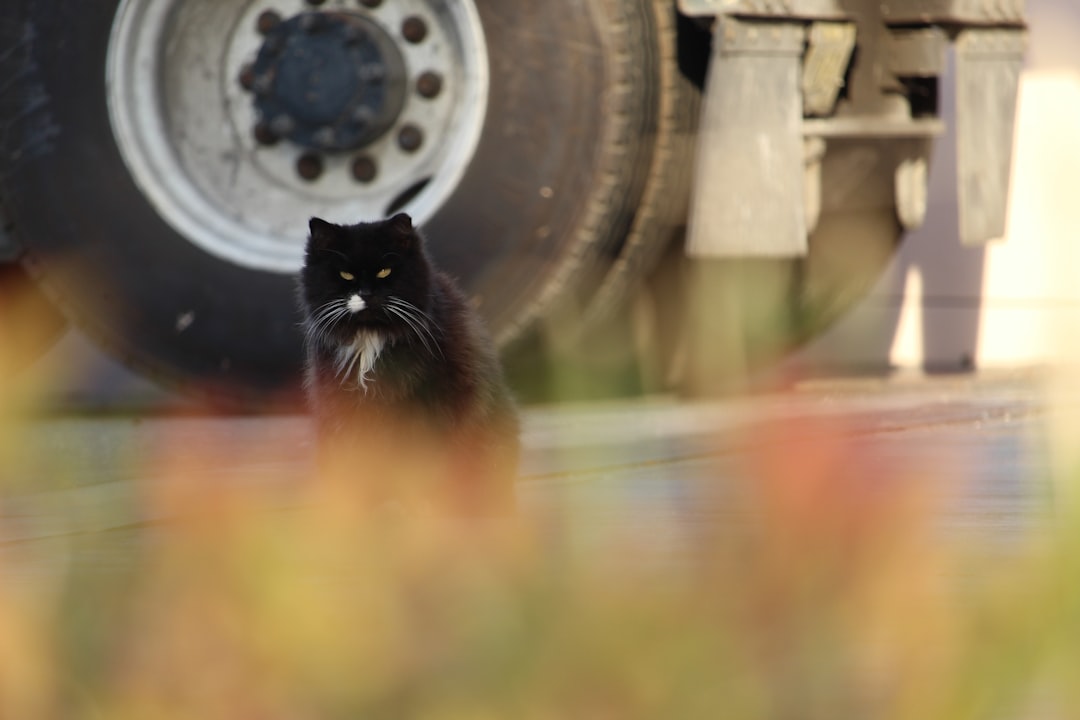
Different tips always lead into selection of different companies in the market. You are therefore advised that at any given day that you may have to choose any direct mail insurance company you need to ensure that the tip you have selected to consider is one that is connected with some points to have chose n any given co many. Being that there are several companies that gives different services you should therefore go for the best direct mail insurance company that will lead you in all that you may be looking for at any given day. This is therefore another important fact that you need to have in mind. However, with the best direct mail insurance company you should also have into details that you know more about their entire services at any time of the day. It is with this reason that you should consider reading the facts in this article so that you can know more about what you want and also what you should have at any given day.
You are supposed to make sure that before you can choose any direct mail insurance company you know the best by considering the fact that you are comparing different services that they may be offering. This is therefore noted to be one major aspect that you should be considering as the essential tip to pit across before you can make any selection. However, a good direct mail insurance company is one that gives out the best service you are supposed to make sure that you know several aspects that the different direct mail insurance company is offering that the other one does not offer. It is through this concern that you will always come up with the necessary services that will lead you in making up a positive decision on the services that you may be in need of at any time of the day. This is one way that you need to have consider a good direct mail insurance company.
The other essential tip is the prior consultation. Before you can make any step of choosing any direct mail insurance company in the market you are advised that you need to know more about their services in prior. The fact about the prior consultation is one thing that will ;lead you in the given time that you only have to choose a good service provider that will always lead all the way of making up a good decision. This is why at any time to choose any given direct mail insurance company you will be in the market wondering why you should be going from one to the other but the answer is that you may have already planned yourself better that any other direct mail insurance company in the market. This is why choosing of the best direct mail insurance company needs to include things like the terms and condition as well as the rules that you need to follow. It therefore with the reason of prior consolation that you will have known all the services that you already have in mind to provide the best services at any given day. This is one way to know all that you have been in need of at any time.


 House Dimension Outdoor Illumination Is Now Economical For Everyone
House Dimension Outdoor Illumination Is Now Economical For Everyone 
 The 6 Benefits Of Cars And Truck Ceramic Finish Solutions
The 6 Benefits Of Cars And Truck Ceramic Finish Solutions  Issues to take to Consideration when Selecting the Best Plumber for Drain Cleaning and Plumbing Services
Issues to take to Consideration when Selecting the Best Plumber for Drain Cleaning and Plumbing Services

 What Sort Of Podcast Will Work Ideal for You?
What Sort Of Podcast Will Work Ideal for You?